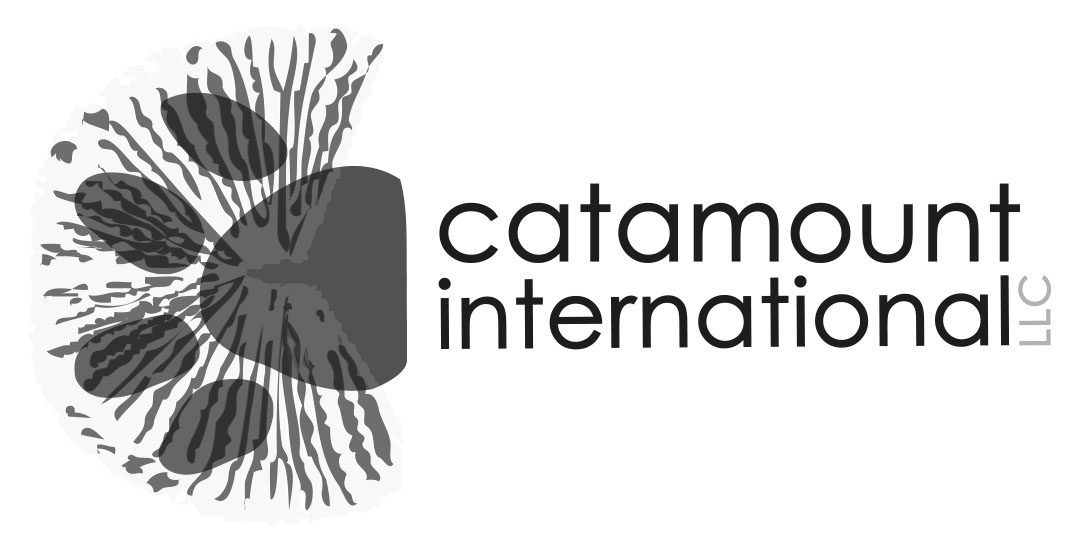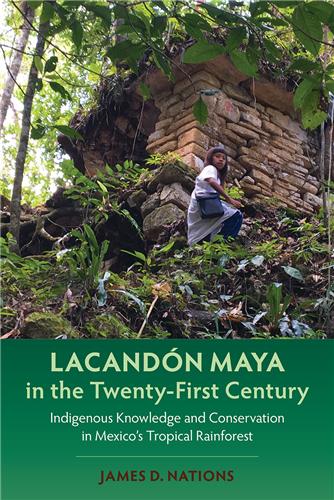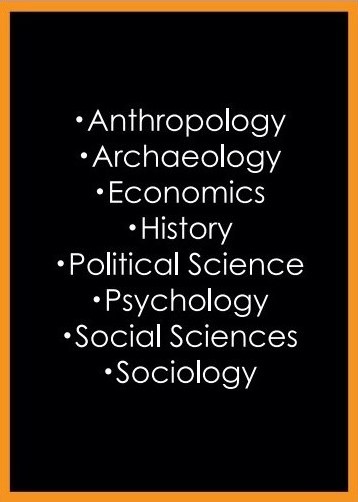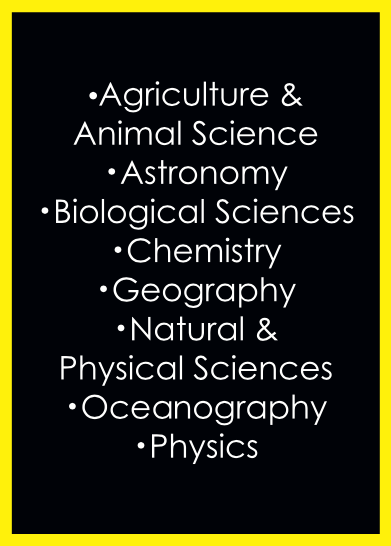Lacandón Maya in the Twenty-First Century
Breve Descripción
Basándose en sus 49 años de estudio y aprendizaje de los mayas lacandones, en este libro James Nations analiza cómo en medio de presiones externas como los cambios tecnológicos, misionero influencias y empresas madereras, las comunidades lacandonas están construyendo un sistema económico de agrosilvicultura y ecoturismo que produce ingresos para sus familias al mismo tiempo que protege la biodiversidad y los recursos culturales. La historia de los mayas lacandones sirve como modelo para la conservación ambiental controlada por los indígenas e informará a cualquier persona interesada en apoyar futuros indígenas sostenibles.
Breve descrição
Com base em seus 49 anos de estudo e aprendizado com os maias lacandonos, neste livro James Nations analisa como, em meio a pressões externas, como mudanças tecnológicas, influências missionárias e empresas madeireiras, as comunidades lacandonas estão construindo um sistema econômico de agrossilvicultura e ecoturismo. que produza rendimentos para as suas famílias, ao mesmo tempo que protege a biodiversidade e os recursos culturais. A história dos Lacandon Maya serve de modelo para a conservação ambiental controlada pelos indígenas e informará qualquer pessoa interessada em apoiar futuros indígenas sustentáveis.
Full description
Drawing on his 49 years of studying and learning from the Lacandón Maya, James Nations discusses how in the midst of external pressures such as technological changes, missionary influences, and logging ventures, Lacandón communities are building an economic system of agroforestry and ecotourism that produces income for their families while protecting biodiversity and cultural resources. Nations describes methods they use to plant and harvest without harming the forest, illustrating that despite drastic changes in lifestyle, respect for the environment continues to connect Lacandón families across generations. By helping with these tasks and inheriting the fables and myths that reinforce this worldview, Lacandón children continue to learn about the plants, animals, and spiritual deities that coexist in their land.
Indigenous peoples such as the Lacandón Maya control one-third of the intact forest landscapes left on Earth, and Indigenous knowledge and practices are increasingly recognized as key elements in the survival of the planet’s biological diversity. The story of the Lacandón Maya serves as a model for Indigenous-controlled environmental conservation, and it will inform anyone interested in supporting sustainable Indigenous futures.
Social science
otras áreas de / interés...
other areas of / interest...
outras áreas de interesse...
¿Buscas un título en un área específica?
¿Buscas un título en un área específica?
¿Procurando livros em uma área específica?














